Published March 17, 2020
Download our Great Lakes activity booklet to help you find the Great Lakes in your home. Learn about the Great Lakes with fun puzzles, hands-on activities, and colouring pages. Available in both French and English!
Click here to download "Trousse d'activités : Les Grands Lacs"
Click here to download "The Great Lakes Activity Pack"
Find the Great Lakes in your home
Everyone has a connection to water. If you live in the Great Lakes region, this means the lakes are an important part of your life.
The Great Lakes are always present, even if the water is hidden from you. It may be locked away in the rock beneath you or diverted through pipes and underground tunnels. The closest coastline may be a hundred kilometres away. But the Great Lakes shape your life and you, in turn, shape the Great Lakes.
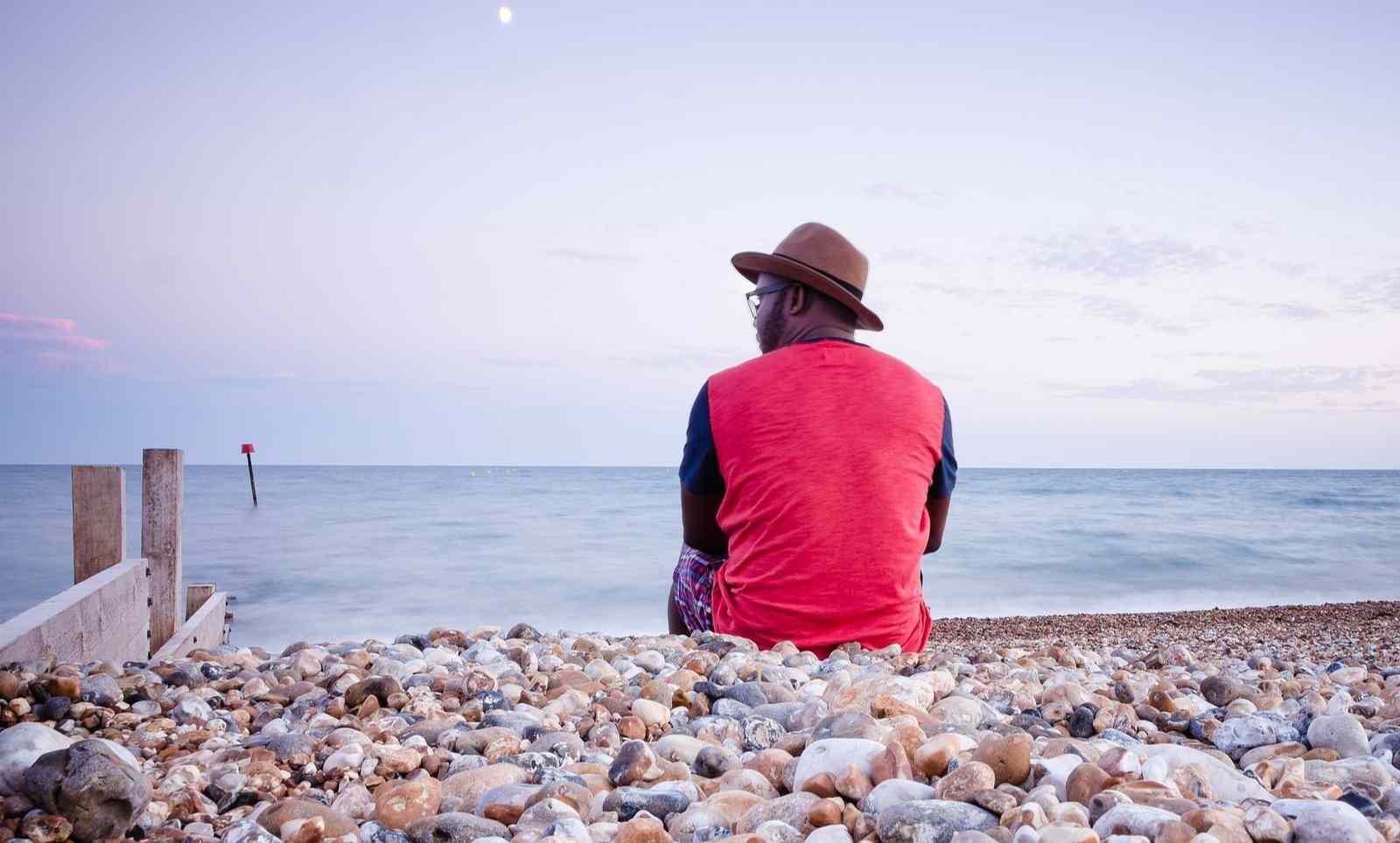
This activity is designed to help make you more aware of the Great Lakes in your life. It is suitable for any age and can be done alone or as part of a group or classroom exercise. If you’re doing the activity on your own, use it as a chance to practice mindfulness and environmental awareness. If you’re an educator, have your class or group share what they found with each other. Everyone who participates in this activity will become more aware of the lakes. Most people also think of new questions about the lakes during the exercise. Those questions will start them on their Great Lakes learning journey.
You will need a pen and piece of paper (or a notes app on your smartphone). The activity begins first thing in the morning, so collect the things you need the night before.
Step One: Waking up

What wakes you up in the morning? An alarm clock? Music? Someone turning on the lights? If your morning routine starts with lights or sound, then chances are the Great Lakes have influenced your day before you even open your eyes. That’s because the electricity that powers most homes comes from the Great Lakes. Hydro power comes from waterfalls, like Niagara Falls. Nuclear power plants are cooled by huge amounts of water from all five of the Great Lakes. Hydro and nuclear are two of the main sources of electricity in the region.
Grab your pen and paper or smartphone and make your first note. Oh, and if your smartphone was sitting on a charger, that’s two times you’ve used the Great Lakes before you even got out of bed.
Step Two: Taking a shower

If you turn on your tap and water comes out, you can actually see the Great Lakes flowing into your home. Whether you shower, take a bath, or just splash a little water on your face, you’re probably touching water that has been in the Great Lakes or was on its way there.
Ever wonder what would happen if you didn’t bathe? All the germs and dirt that you encounter throughout the day would build up. Bad bacteria appears, creating smells and skin irritations. Fungus starts to grow on you. You may get a stomach illness. Devastating, even deadly, infections set in. And you aren't the only one affected: When you go out in public, you spread all of that grossness to the people around you.
With access to 20% of the world’s freshwater, you are able to stay clean and healthy far more easily than most people on the planet today and most people in history. It’s easy to take that for granted. If you are lucky enough to be free from illness and infection most of the time, your morning shower is a great time to remember how the Great Lakes are helping to protect you.
More about tap water
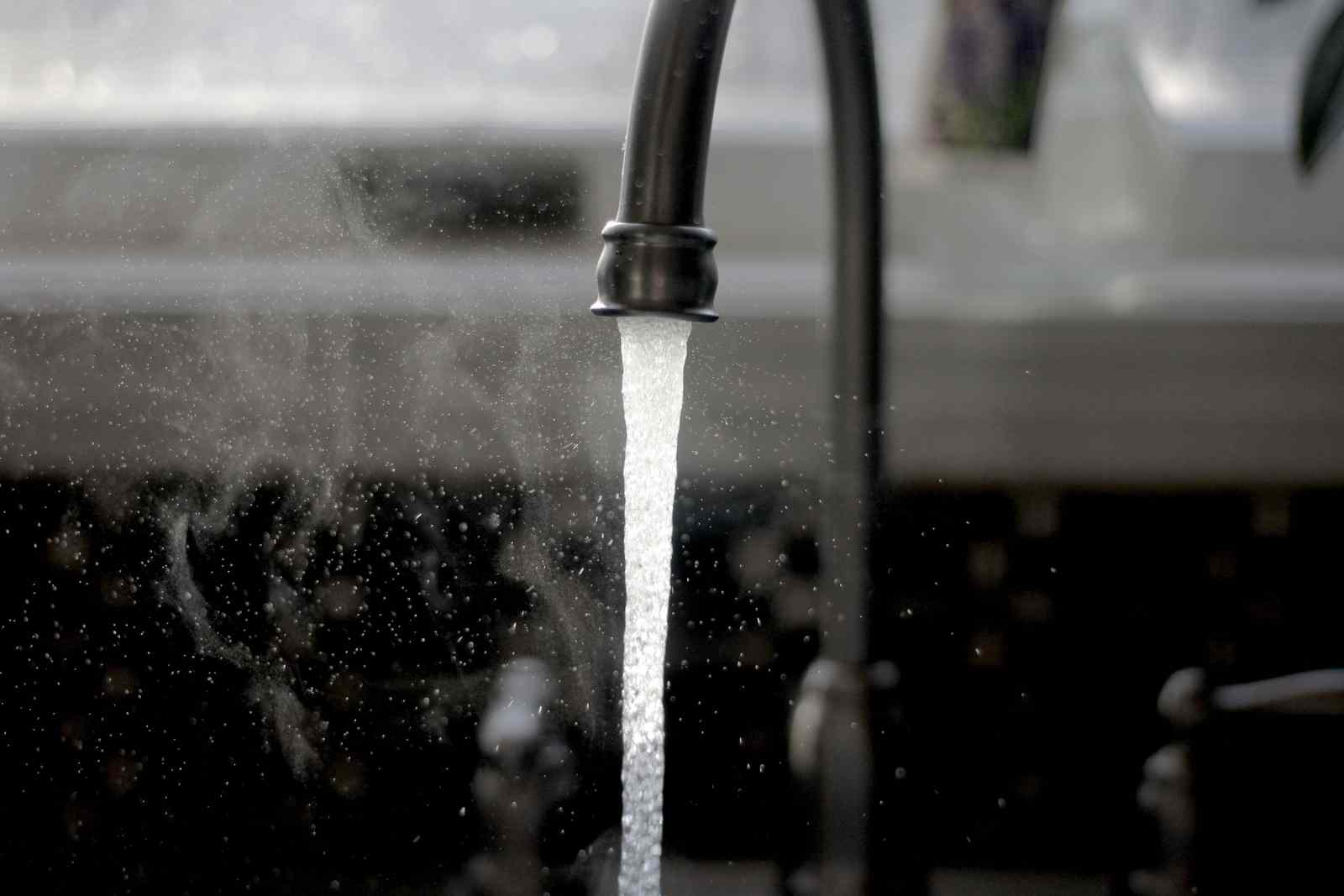
Tap water comes from pipes that lead into your home. Do you know where those pipes start? In cities, they usually come from water treatment plants that draw large amounts of water from lakes or big rivers. That water is called “surface water” because you can see it on the surface of the earth. Surface water that is sent to your home through pipes owned by your city is usually treated and chlorinated and meant for drinking.
In smaller communities or inland cities like Guelph, treatment plants sometimes get their tap water from the ground. You can’t see that water because it is trapped between layers of rock under your community or nearby. This water, called “groundwater”, is also part of the Great Lakes region. It comes from the same glaciers that melted thousands of years ago. A small percentage of it is recharged by rain and snow. Much groundwater eventually makes its way into the Great Lakes. It moves slowly underground or spring ups to create wetlands and creeks that connect with rivers and lakes.
Spencer Creek near Hamilton is a groundwater-fed creek. You can see it plunge over Niagara Falls at Spencer Gorge Conservation Area.

In rural areas, your home may get the water directly from the ground as well. Many families have wells that go deep into the ground. That water comes up into your home. Sometimes it is treated and sometimes it is clean enough to drink.
There still places in Ontario where tap water is not safe to drink. Both groundwater and surface water can be contaminated. Sometimes because of human activity (sewage pollution, for example) and sometimes because the rock that contains the water makes it unsuitable for drinking (arsenic, for example, can come from rock). In some places where there are water advisories, tap water is safe for bathing and okay to drink after it has boiled. In other places, water has to be shipped in so that families can do basic daily things. See Bonus Activity, below.
Step Three: Getting dressed

As you pull on a pair of socks or slide your favourite shirt over your head, take a moment to think about what keeps the fabric clean. Before you pulled your clothes out of your dresser drawer, chances are they were in a washing machine somewhere. That means that Great Lakes water was sloshing around, removing dirt and stains and bacteria from those clothes. The clothes that keep you warm in the winter and protected from the sun in the summer are, in turn, cared for by Great Lakes water.
Step Four: Eating breakfast
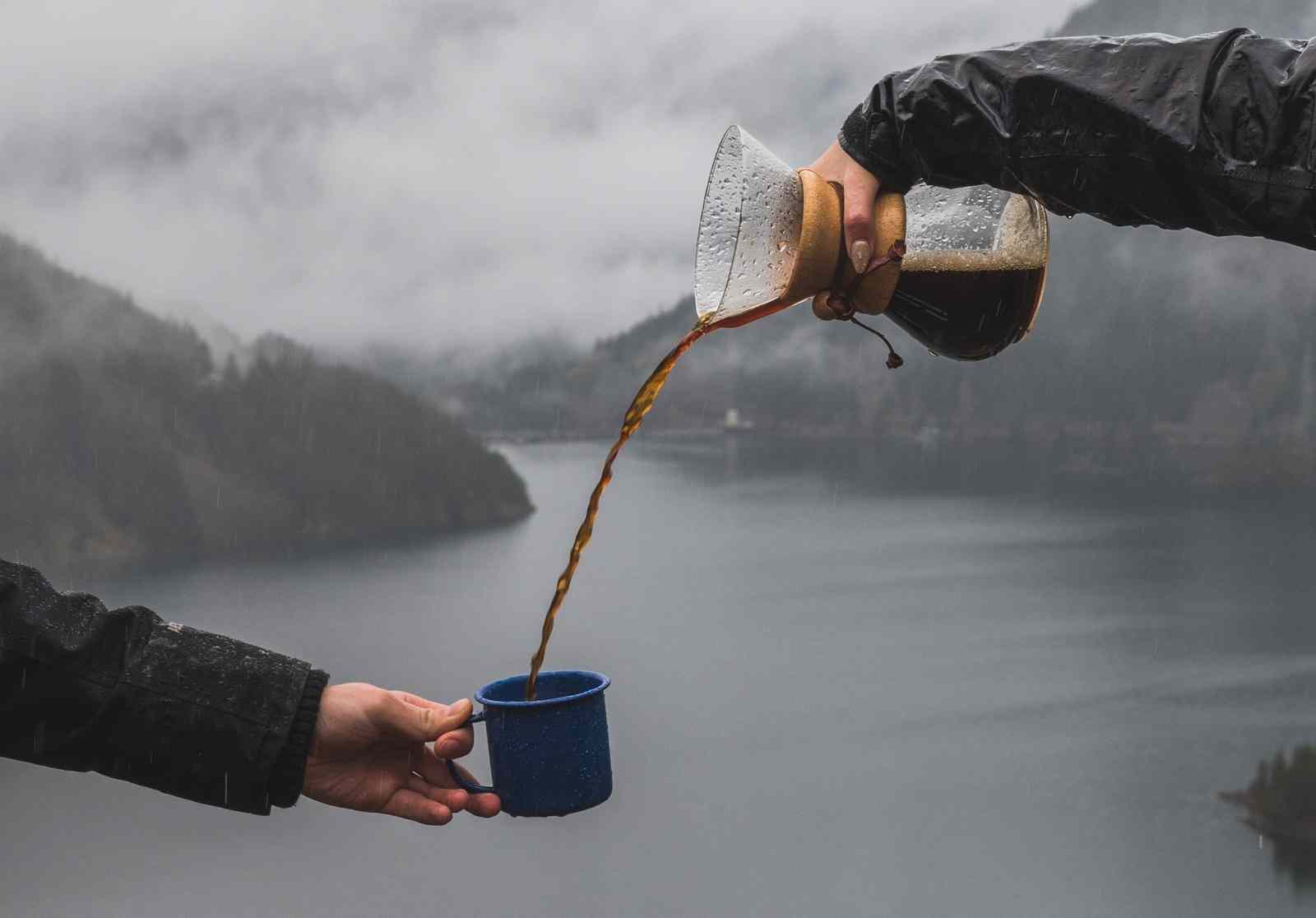
Face it: you’re eating the Great Lakes for breakfast. We consume so much water in our daily lives that our bodies are 60% water. If you live here, drink local water and eat local food, that means your body is literally 60% Great Lakes.
Mixing water with your oatmeal? That’s Great Lakes porridge. Drinking coffee? That’s Great Lakes coffee. Making scrambled eggs? The chickens that laid those eggs ate grain grown with Great Lakes water. Adding milk or cream? Dairy comes from cows that eat grains or plants grown here and drink from the same waters you do.
Step Five: Using the toilet
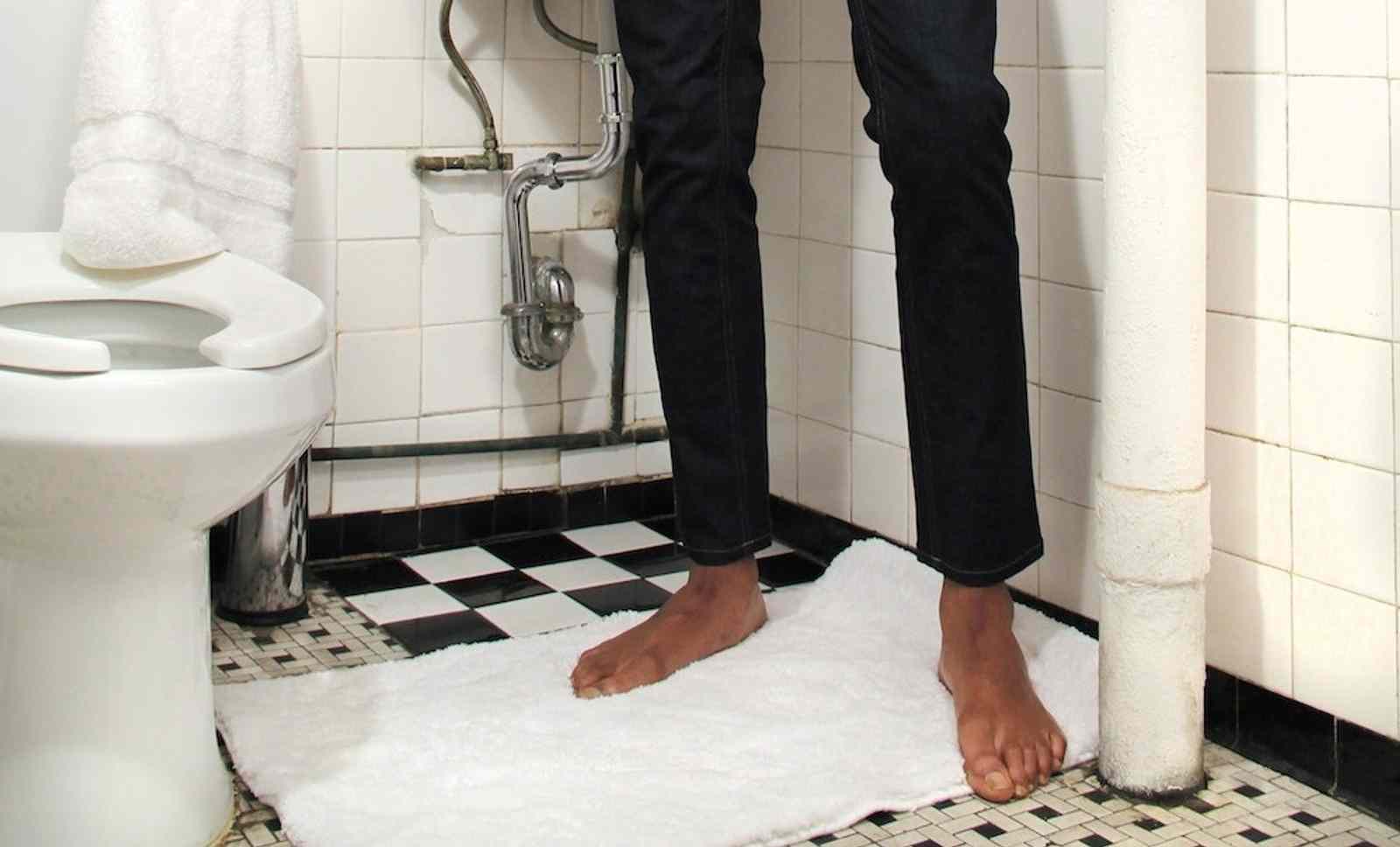
At some point you are going to use the toilet. The clean water that fills up the tank usually comes from the same place as your tap water. When you flush, it goes into a different set of pipes that carry sewage away from your home. In larger communities, all sewage is supposed to go to a treatment plant to purify the water and return clean water back the closest lake or river. Sometimes that system works well, sometimes it doesn’t. (More on that another day.)
In small communities, sewage is sometime collected and stored in tanks. Trucks come by every now and then to empty out those tanks and haul the sewage away to a treatment facility. Do you know where your sewage goes when you flush the toilet?
More about flushing
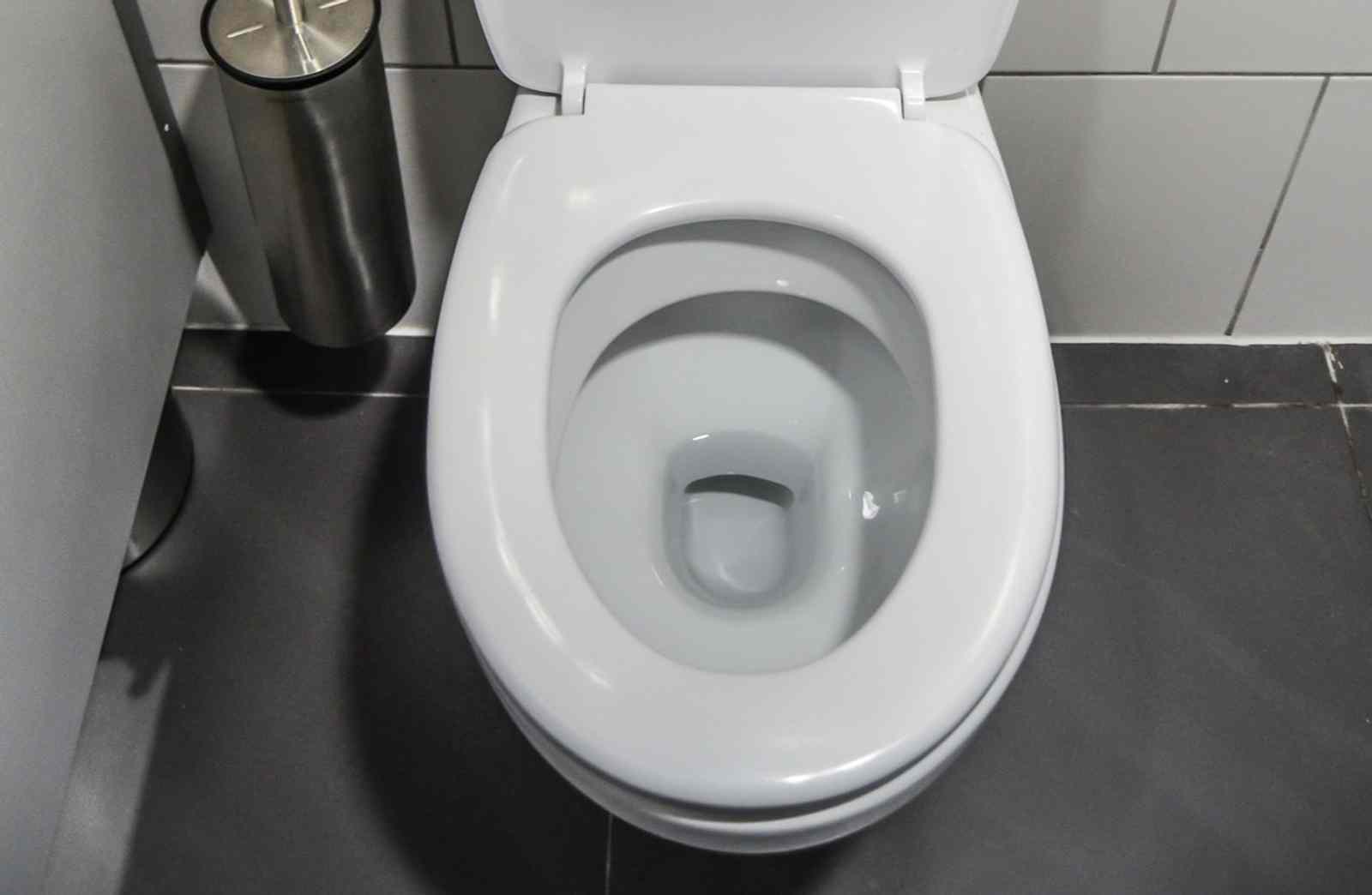
When training kids to use toilets properly, remember “The Four Ps”: pee, poop, puke, and (toilet) paper. Those are the only things that are supposed to be flushed down a toilet. (Experts say there are only three Ps, but a student at Crestwood School in Toronto helpfully pointed out that they forgot the puke.)
Kleenex does not dissolve in toilets. Dental floss wraps around sewage and creates clogs. Food contains fats that harden in pipes and create giant “fatbergs”. In older cities, many sewage pipes actually dump straight into rivers and lakes and plastics, rubbers, and other synthetic materials end up in the natural environment and never disappear.
Step Six: Brushing your teeth

By now, you are probably very aware of the Great Lakes presence in your home. You’re pouring water over your toothbrush and rinsing your mouth and you know where that water comes from.
When the water swirls down the drain, it doesn’t just disappear. When you brush your teeth, rinse your dishes, or do your laundry, water from your tap goes to the same place as water from your toilet. For many years, people used soaps and toothpastes that contained tiny plastic beads that were supposed to help scrub you clean. Those microbeads are made of plastic that last forever. Even if your water goes to a treatment plant, those tiny plastic microbeads are too small to be removed. Microplastics are being phased out in Canada, but people still have old products in their homes. Read more about finding microbead products here.
Reviewing your morning

Hopefully you have been making notes as you went about your morning. How many times have you touched the Great Lakes already today? How many times has Great Lakes water helped to clean or nurture you? What questions came up as you tried to complete this activity? What would you like to know more about?
Share your questions with the rest of the group or write us directly at Great Lakes Guide and we’ll do our best to answer.
Bonus activity
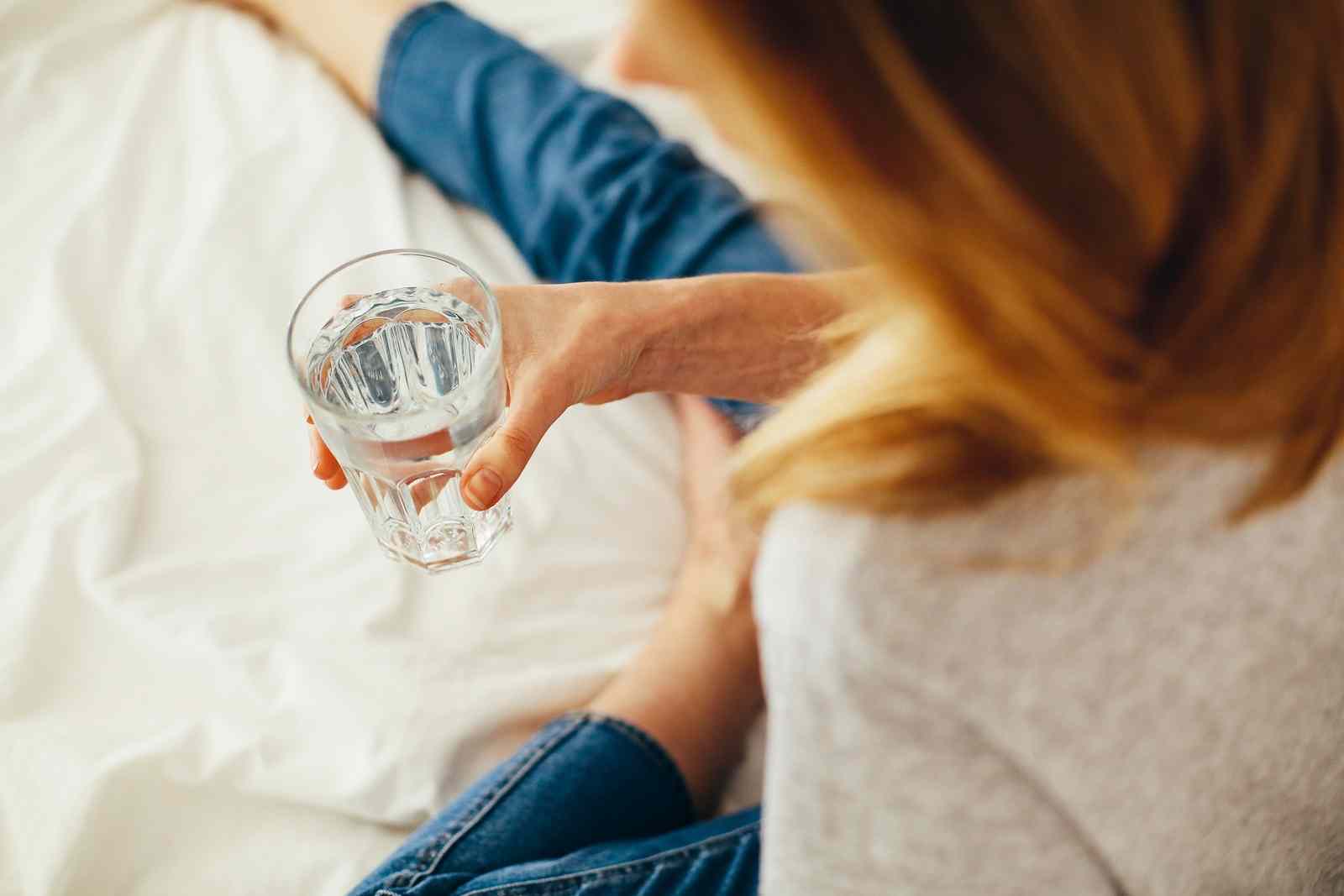
If you complete this activity in a community where the tap water is safe to drink, you may want to try it a second time on a different day. When you go about your daily routine this second time, imagine how different it would be if the water that came from the tap was not safe to drink.
What would you have to do differently if you you had to boil the water before you put it in your mouth? What would you have to do differently if you couldn’t put any water in your mouth? What would you have to differently if you had no tap water at all? This exercise will help to make you more appreciative of the clean water you have and help you to understand the real-life challenges that thousands of people in Ontario experience every day.
